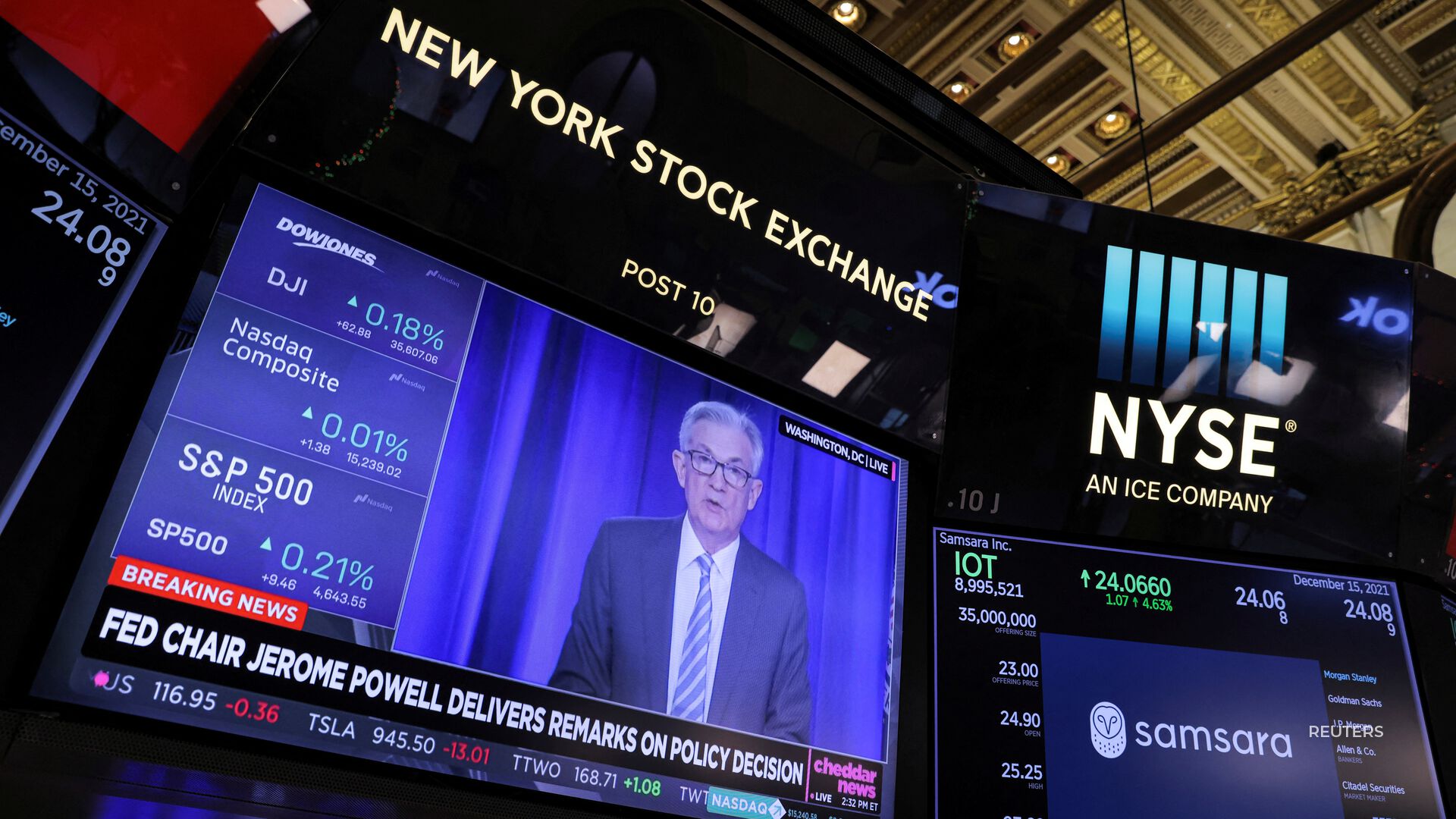
Jerome Powell, Chairman of Federal Reserve: “Good afternoon. At the Federal Reserve, we are strongly committed to achieving the monetary policy goals that Congress has given us – maximum employment and price stability. Today in support of these goals, the Federal Open Market Committee kept interest rates near zero and updated its assessment of the progress that the economy has made toward the criteria specified in the committee’s forward guidance for interest rates. In addition, in light of the strengthening labor market and elevated inflation pressures, we decided to speed up the reductions in our asset purchases.”
“Economic activity is on track to expand at a robust pace this year, reflecting progress on vaccinations and the reopening of the economy. Aggregate demand remains very strong, buoyed by fiscal and monetary policy support and the healthy financial positions of households and businesses. The rise in COVID cases in recent weeks, along with the emergence of the omicron variant, pose a risk risks to the outlook.”
“While the drivers of higher inflation have been predominantly connected to the dislocations caused by the pandemic, price increases have now spread to a broader range of goods and services. Wages have also risen briskly, but thus far wage growth has not been a major contributed contributor to the elevated levels of inflation. We are attentive to the risks that persistent real wage growth in excess of productivity could put upward pressure on inflation.”
“At today’s meeting, the committee also decided to double the pace of reductions in its asset purchases. Beginning in mid-January. We will reduce the monthly pace of our net asset purchases by 20 billion dollars for Treasury securities and 10 billion dollars for agency mortgage backed securities. If the economy evolves broadly as expected, similar reductions in the pace of net asset purchases will likely be appropriate each month, implying that increases in our securities holdings would cease by mid-March, a few months sooner than we anticipated in early November. We are phasing out our purchases more rapidly because with elevated inflation pressures and a rapidly strengthening labor market, the economy no longer needs increasing amounts of policy support.”







